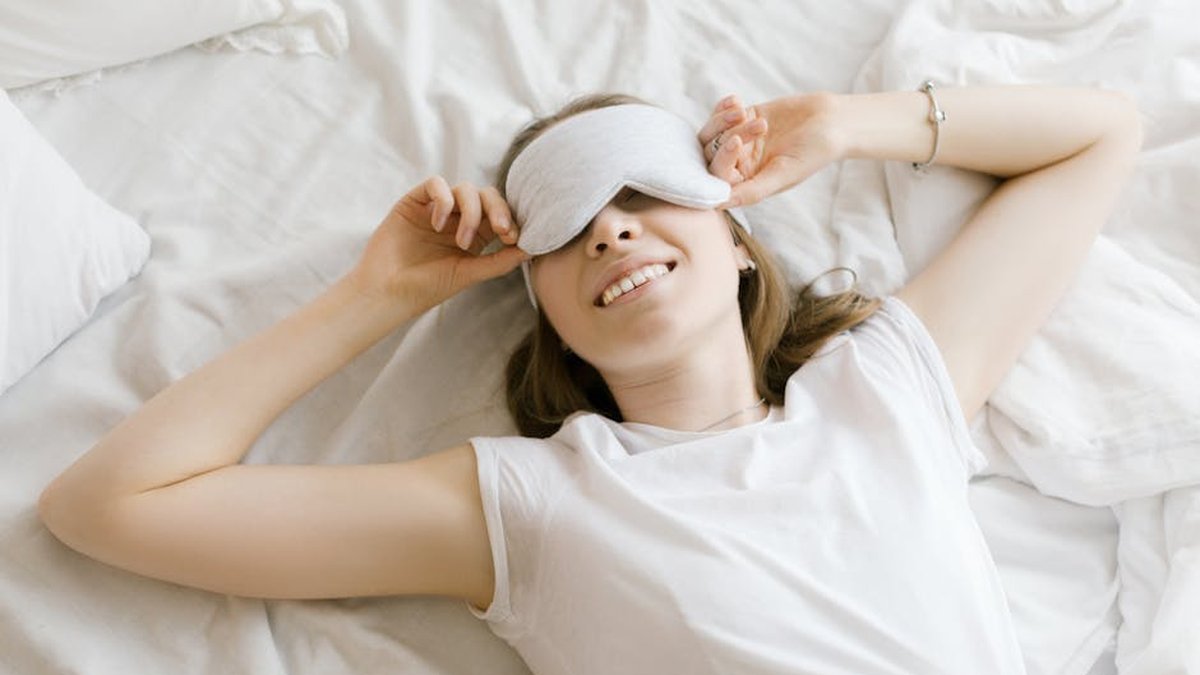Decoding Sleep Apnea: Symptoms, Diagnosis, and Treatment in 2025
Do you often wake up feeling tired, even after a full night’s sleep? Do you snore loudly, or has your partner noticed you stop breathing while you sleep? If so, you might be one of the millions of people affected by sleep apnea. In this comprehensive guide, we’ll delve into the world of sleep apnea, exploring its symptoms, diagnosis methods available in 2025, and the latest treatment options. Understanding sleep apnea is the first step towards reclaiming a good night’s rest and improving your overall health.
Understanding Sleep Apnea
Sleep apnea is a common sleep disorder characterized by pauses in breathing or shallow breaths during sleep. These pauses can last for seconds or even minutes and can occur multiple times an hour. This disruption in breathing leads to a decrease in blood oxygen levels and can trigger the brain to wake you up briefly to resume breathing. While you might not remember these awakenings, they fragment your sleep and prevent you from reaching the deeper, more restorative stages.
Types of Sleep Apnea
There are three main types of sleep apnea:
- Obstructive Sleep Apnea (OSA): The most common type, OSA occurs when the muscles in the back of your throat relax and block your airway.
- Central Sleep Apnea (CSA): CSA occurs when the brain fails to send proper signals to the muscles that control breathing.
- Complex Sleep Apnea Syndrome: This is a combination of both OSA and CSA.
Recognizing the Symptoms of Sleep Apnea
Recognizing the symptoms of sleep apnea is crucial for early diagnosis and treatment. While snoring is a common symptom, it’s not the only indicator. Here are some key signs to watch out for:
- Loud and chronic snoring
- Gasping or choking during sleep
- Witnessed pauses in breathing during sleep
- Daytime sleepiness and fatigue
- Morning headaches
- Difficulty concentrating
- Irritability and mood changes
- High blood pressure
- Decreased libido
If you experience several of these symptoms, it’s important to consult with a healthcare professional.
Diagnosis: Identifying Sleep Apnea in 2025
Diagnosing sleep apnea typically involves a sleep study, also known as polysomnography. These studies monitor your brain waves, heart rate, breathing patterns, and blood oxygen levels while you sleep.
In-Lab Sleep Studies
Traditional sleep studies are conducted in a sleep lab, where you’ll spend the night under the supervision of trained technicians. This allows for comprehensive monitoring and data collection.
At-Home Sleep Apnea Tests
In 2025, at-home sleep apnea tests are becoming increasingly common and accurate. These tests allow you to monitor your sleep in the comfort of your own bed. While they might not be as comprehensive as in-lab studies, they can be a convenient and cost-effective option for initial screening. Your doctor can prescribe the test and analyze the results.
Important: Always consult with your doctor before using an at-home sleep apnea test. They can help you determine if it’s the right option for you and interpret the results accurately.
Treatment Options for Sleep Apnea in 2025
The treatment for sleep apnea depends on the severity of the condition and the type of apnea you have. Here are some common treatment options available in 2025:
Continuous Positive Airway Pressure (CPAP) Therapy
CPAP therapy is the most common and effective treatment for OSA. It involves wearing a mask over your nose and mouth while you sleep. The mask is connected to a machine that delivers a continuous stream of air, keeping your airway open and preventing pauses in breathing. Modern CPAP machines are often smaller, quieter, and more comfortable than older models.
Oral Appliances
Oral appliances are custom-fitted mouthpieces that help keep your airway open by repositioning your jaw or tongue. These are often used for mild to moderate OSA.
Lifestyle Changes
In some cases, lifestyle changes can help improve sleep apnea symptoms. These include:
- Losing weight if you are overweight or obese
- Avoiding alcohol and sedatives before bed
- Sleeping on your side instead of your back
- Quitting smoking
Surgery
Surgery is typically reserved for cases where other treatments have failed. Surgical options may include removing excess tissue from the throat or correcting structural abnormalities that contribute to airway obstruction.
Emerging Therapies in 2025
Research is constantly evolving, and in 2025, there are several emerging therapies being explored for sleep apnea. These include:
- Hypoglossal Nerve Stimulation: This involves implanting a device that stimulates the hypoglossal nerve, which controls the tongue, to keep the airway open.
- Positional Therapy Devices: These devices help you maintain a side-sleeping position.
- Advanced CPAP Algorithms: Smart CPAP machines that automatically adjust pressure based on individual breathing patterns.
Living Well with Sleep Apnea
Living with sleep apnea requires ongoing management and adherence to your treatment plan. Here are some practical tips:
- Work closely with your doctor to monitor your progress and adjust your treatment as needed.
- Maintain a healthy lifestyle through regular exercise and a balanced diet.
- Establish a consistent sleep schedule to regulate your body’s natural sleep-wake cycle.
- Join a support group to connect with other people who have sleep apnea.
Sleep apnea is a serious condition, but with proper diagnosis and treatment, you can significantly improve your quality of life. Don’t hesitate to seek professional help if you suspect you might have sleep apnea. Taking control of your sleep health is an investment in your overall well-being.





